I’ve already written a whole blog post on why you need to have a website for your farm, and now I’m going to get into exactly what pages you need on your website!
It’s fine if you just need to quickly get a website launched while you’re in a busy season so you just have a single page, but when you get the time, I do want you to add more pages. This is beneficial both for your potential customers to easily find all the information they need, and so you can have more opportunities to rank on Google.
Because every page on your website has the opportunity to rank on Google on its own.
If you just have one page, you can only have that one page to rank for a few keywords. But if you have 8 pages, you have the potential to rank for so many more keywords!
So let’s get into what you need to have on your farm website- with lots of screenshots of examples!
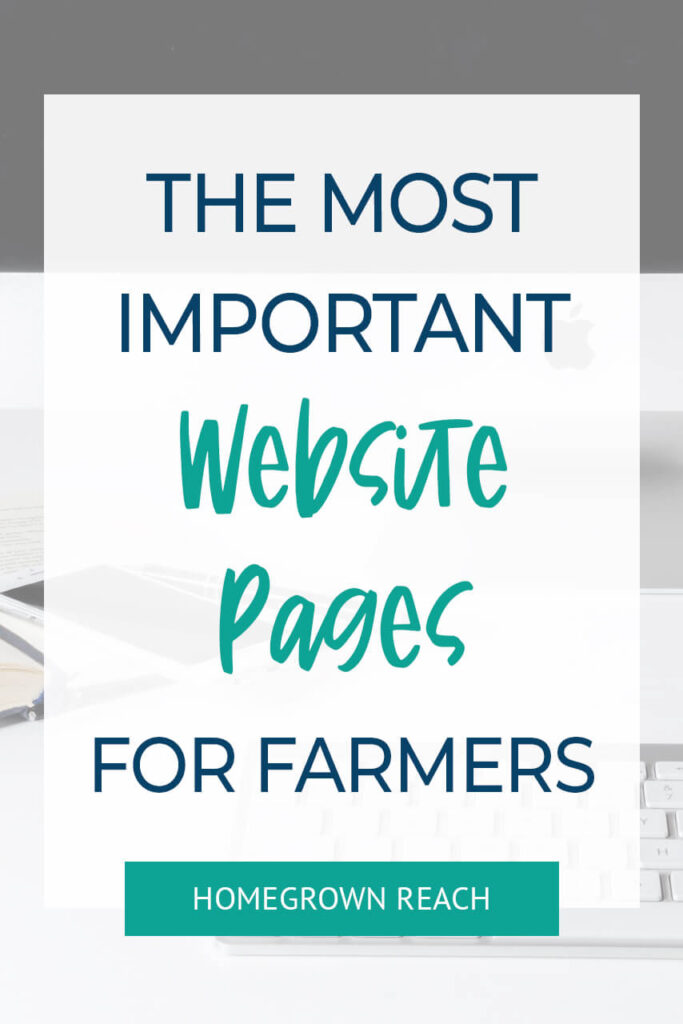
The core website pages you must have
The pages in this section are the ones I recommend having at a MINIMUM. They’re the most important for helping customers find the information they want to know and for giving Google the most relevant information about your farm.
Home page
Your Home page should basically be a like a table of contents for your website. Use it to talk about who you are, what you do, and where you’re located and then add calls-t0-action (CTAs) to link to the relevant pages for people to get more information. Make sure you have the most important information that customers need, like your hours of operation and address (if people come to your farm).

So for example, start off with the information about what you do and where you’re located (your location near the top of the page is super important for SEO and customers!). Then you could have short sections about your farm and who you are and add a CTA to your About page for the full story behind your farm. Then a short section about your produce or other products and link to your products or offerings page. If you have multiple pages for the different types of products, events, or services that you offer, have a short section for each of them with a CTA that links to each page.
Add any other relevant sections and towards the end, make sure you have clear contact information or a CTA to your contact page. Bonus: add your social media info for people to be able to follow you!
If you have any products or events that change seasonally, make sure you keep everything updated for the season. There have definitely been times where I’ve wanted to know if blueberries are ready to pick at a farm, and they still have their information about their spring tulips. Not having updated information could lose you customers or cost you time if you’re having to answer a lot of questions from customers that could be quickly answered on your website.
So basically your Home page is a hub for people to land and then easily navigate to where they want to go next. The more information you have (don’t go overboard and have like 2,000 words on the page and overwhelm visitors), the more it will help Google know what to rank you for and the more it will help customers find what they want to know.

About page
Your About page is important for potential customers to get to know you and the history behind your farm! People want to connect with the person behind a small business. And Google often has site readers that check for About pages to confirm that there’s a person behind the website (which is especially important in the time of bot-generated websites).
You can include information about who you are, why you started your farm (or why your family did if it’s a family farm), why you love what you do, who works at the farm, things that you’re passionate about, etc. You can also include information about your products and services and link to them.

Contact page
Make it super easy and clear for people to contact you! You don’t need to have lots of words on your Contact page, but you should have your email address, phone number, social media links, and a contact form (if you want). You can also add some basic information like your hours of operation and address.
Contact pages can be short and sweet, but they are so important for having an easy way for people to contact you. You don’t want to make people go through extra steps to search on your website for your phone number or have to hunt through your social media profiles for your address. Make it super easy so you don’t lose out on potential customers who lose patience trying to find your email address and leave your website.
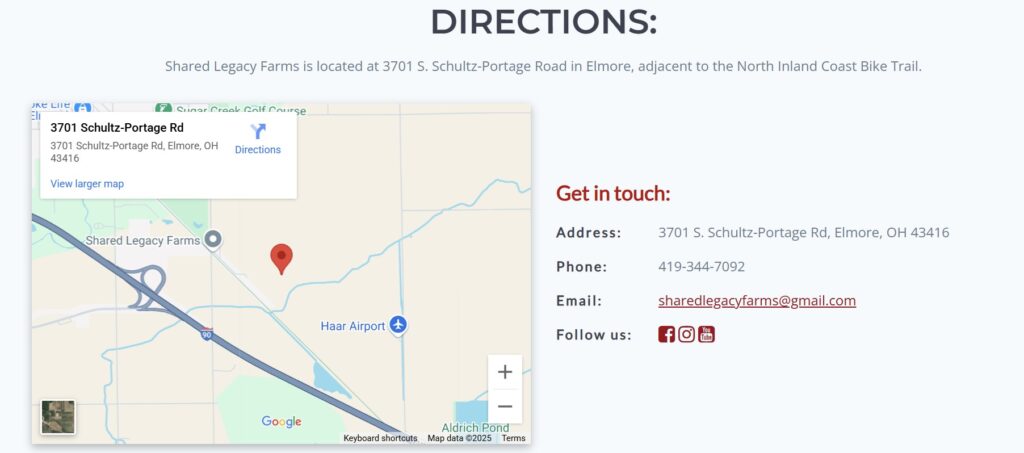
Services/Offerings/Products page
Your Offerings page is going to depend on what your farm does. And you could have more than one if you have different types of offerings!
So for example, if you grow flowers and sell them from your farm but also design wedding or event florals, I would have those two services on two separate pages because they’re for different audiences. You don’t want a potential wedding client to have to read through information about when people can pick flowers on your farm or what days you’re at the farmer’s market before they can get to any information about your wedding services. So have separate pages for different services and products.
On the other hand, you don’t need to create a separate page for each of the 20 vegetables that you grow. Grouping relevant products and services together is fine! You could have one page about the vegetables you grow and one page about the flowers you grow. And if you offer anything specific that people will want to come to your farm to do (like picking blueberries), make sure you have a page for that. We’ll get into u-pick and events more, too.
If you offer an ongoing event, I would actually categorize it as an Offering and have a separate page for it. For an “ongoing” event, I mean something that people will come to your farm to that isn’t just offered at one specific day or time. So for example, there’s a farm near me that does “sunflower walks” when the sunflowers are growing. It isn’t a u-pick but it’s a type of “event” that goes on for several weeks. If you have something like that that isn’t just a one-time thing, I would create a separate page for it.
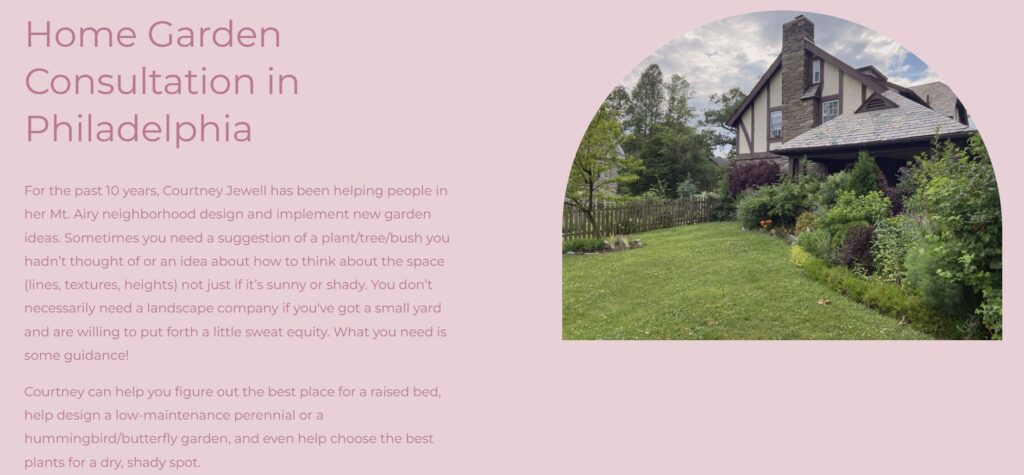
Ok so you have your pages for your products and services, so now you have to figure out what to put on those pages. I always recommend including any relevant information a potential customer might need to know, and if you get asked questions frequently, answer them on that page. So you could include the types of produce you grow, what seasons each type of produce grows in, how people can purchase them (on your farm during opening hours, through a CSA, at a farmer’s market, etc.), and any other important or even just fun information, like which vegetable is the most popular or why you love growing a specific type of flower.
Extra pages you can have
The pages below aren’t going to be relevant for every type of farm, so you can just pick and choose the ones that make sense for you!
U-pick page
If you offer u-pick services, you NEED to have a page for it! When I do keyword research for clients, I see keywords with “u-pick” in them getting hundreds to thousands of searches each month, so people are definitely interested in it. And if you have a page dedicated to your u-pick services, you’ll have a much better chance of ranking for it and reaching those hundreds and thousands of people!
U-pick pages are going to be similar to the Offerings pages where it might make sense for you to have more than one. If you offer u-pick blueberries, flowers, and peaches, I would have pages for each of them. Or at the very least, group the fruit together on one page and have a separate page for flowers.
On the U-pick page(s), you can include information like what people can pick, when specific flowers or fruits will be ready to pick, the hours and days u-pick is available, the pricing, and anything else customers need to know (like if pets are allowed to come).
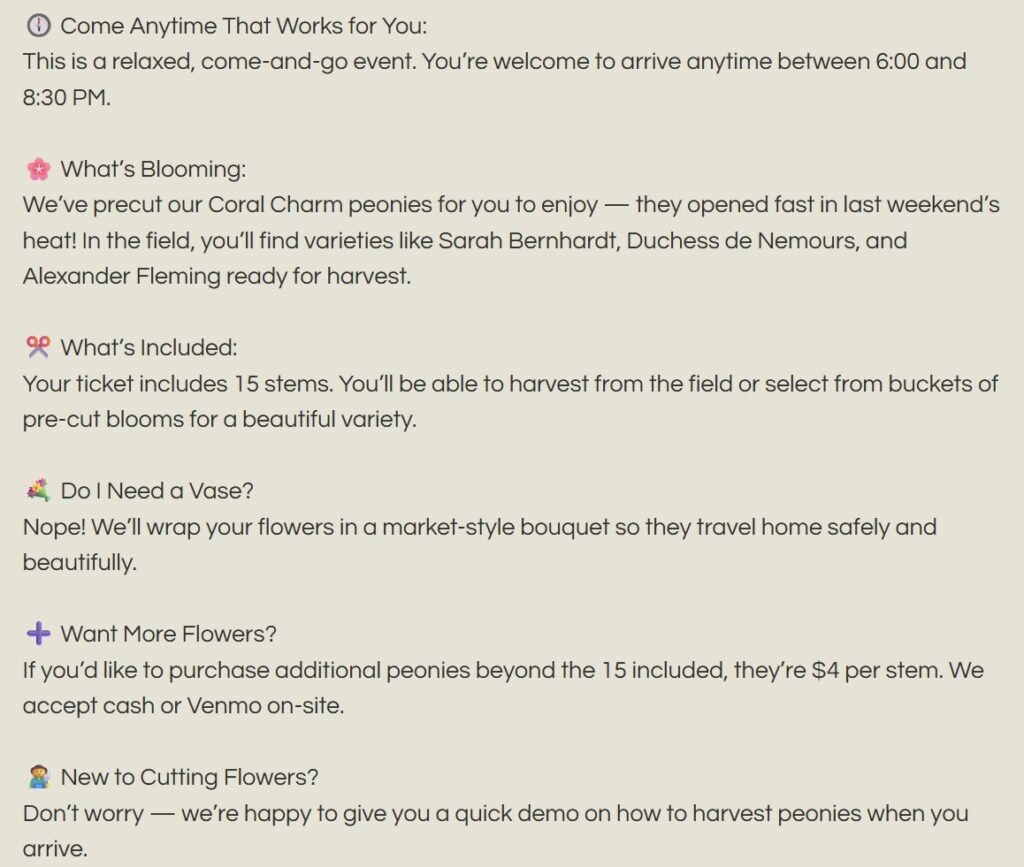
CSA page
Like with a U-pick page, if you have a CSA, you NEED to have a page for it! Keywords with CSAs are another big one that I see, so people are searching for CSAs and wanting to sign up for them.
On your CSA page, you can include information like when people can start signing up (bonus: add a waitlist for your email so they can be the first to know when the CSA opens), the different options your CSA has and how much is included in each box, when the CSA starts and ends, when and where they can pick up, pricing, how to sign up, and any other important information they need.
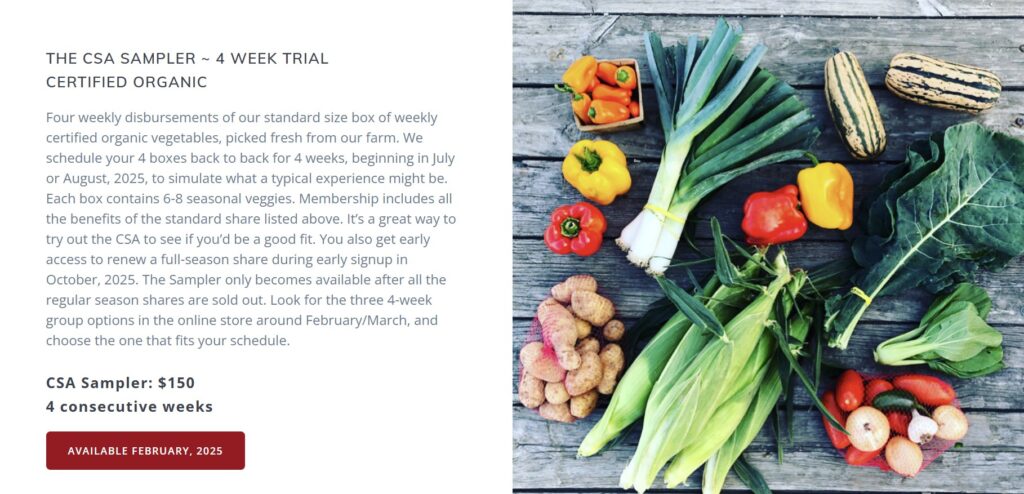
Events & Festivals page
Your Events page(s) can work in a few different ways. If you host several different events throughout the year, you could just have a single Events page and have all the information and links to sign up for the different events on that page.
If it’s a specific event that you’re offering at a few different times, you could create a separate page for it and have the different links to sign up for each day and time. For example, if you host a wreath making workshop 5 times in December. That way you can have all the information in one place without being repetitive listing 5 of the same event on one Events page.
So whichever version makes sense for your business!
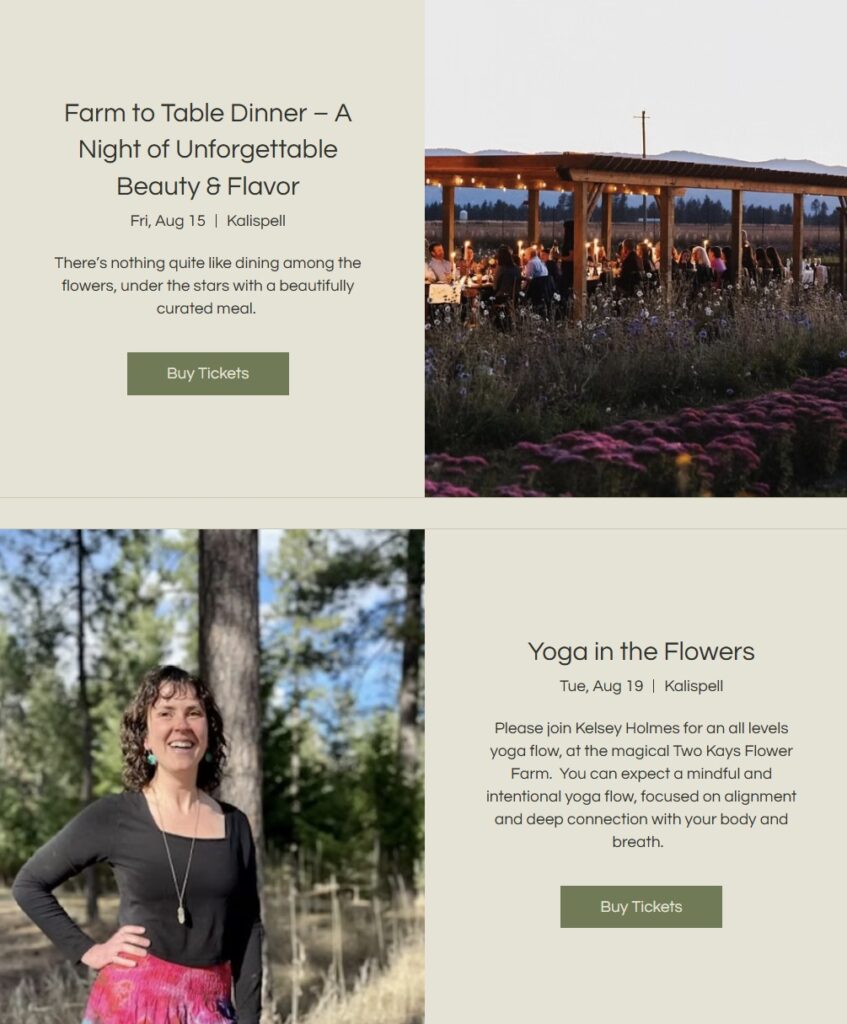
Other pages
You can have as many pages at makes sense for your business, so you can of course have more pages than the ones I’ve listed. You could have an FAQ page if you have customers who ask a lot of questions. I had a client who wanted a Growing Practices page because it was important for them to share about their regenerative farming practices. You could have a farmer’s market page if you only sell at farmer’s markets and your customers need all the information about the times and locations of the markets. If you create resources or courses for people who want to grow their own produce, you could have a separate page on that.
It’s all about what makes sense for your business and customers.

So in a nutshell, make sure you have 4 pages on your website at a minimum- Home, About, Contact, and Offerings. And then add in more pages as it makes sense for your farm. You don’t need to go crazy and have 50 pages that you can’t keep up with! But having separate pages for your services, products, and events will help you rank higher on Google for more keywords AND help your customers find the information they’re looking for on your site.
If you need help creating new pages or optimizing your site to rank higher, view my SEO services and see how I can help you!